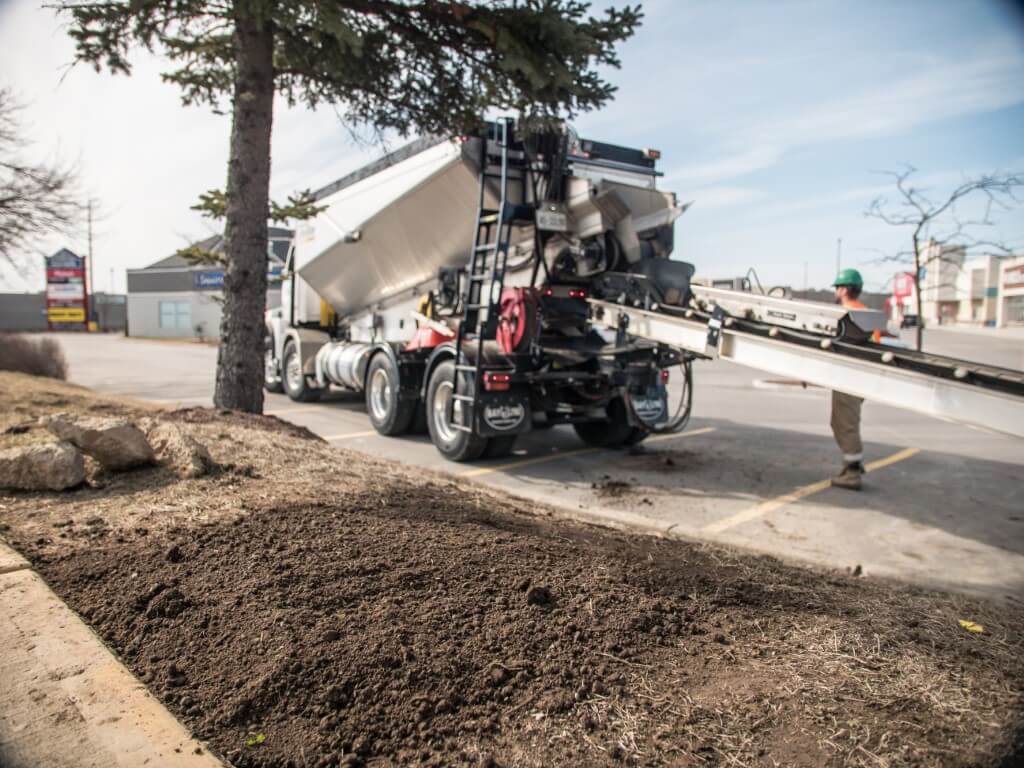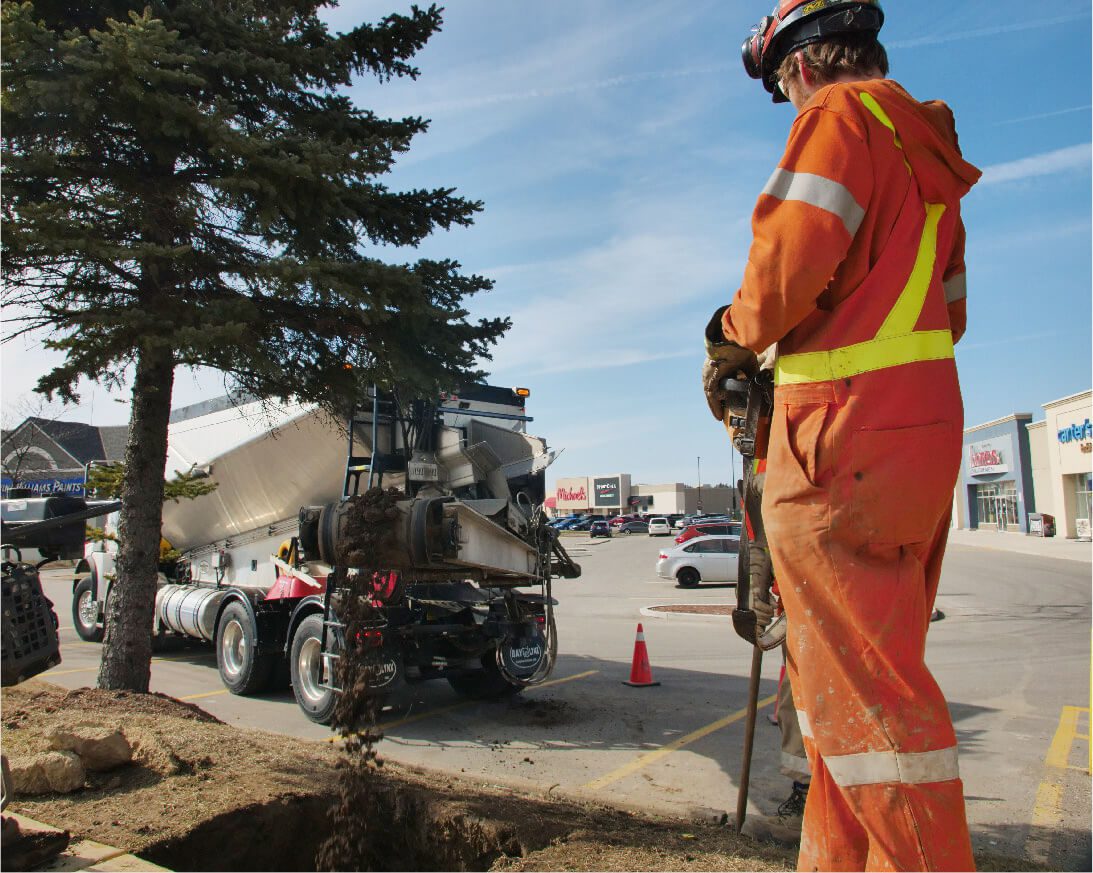An initial and very important part of the construction process in Southern Ontario is excavation and backfill.
Excavation – also referred to as land clearing – is when plants, trees, dirt, and debris are removed from the site to clear space for the project. Backfilling is the process of compacting the soil back into the project area, and it helps to protect any structure built on it.
Vacuum excavation functions in much the same way on a job site, but it has heightened safety factors to eliminate or greatly reduce hazards found on typical excavation job sites.
Why you may need to have vacuum excavation done
The most common reason for vacuum excavation is to prepare the land for construction without disturbing or damaging infrastructure that may already be present underground.
Vacuum excavation projects often include tasks that are very specific to the project. For example, it may involve installing utilities, repairing sewer lines, digging up basements, or exposing gas pipes to prevent damage.
Benefits of vacuum excavation
The benefits of vacuum excavation include:
- Safe and efficient when in proximity to buried infrastructure.
- Precision excavations can be completed as opposed to vast areas being cleared.
- Can work remotely via hose extensions if the worksite is small or hard to get to.

The backfilling process
Backfilling is more than simply dumping dirt back from where you dug it up. For the construction project to be well-protected, there are three major steps necessary when backfilling soil.
- Backfilling in layers – soil must be backfilled in intervals to ensure that the soil will compact properly. The amount or depth of soil in each layer will depend on the construction project. For some structures, 4”- 6” may be the ideal depth for each layer, while for other structures, up to 12” per layer may be needed.
- Compacting – There are six methods that can be used to compact layers, including static, impact, vibrating, gyrating, rolling and kneading. Some of these methods are better for soil, while others are more appropriate for other materials such as asphalt. A technique called proof rolling is used to determine whether the area with natural soil is ready to be filled with the next layer. Proof rolling involves rolling heavy equipment over the site to see if it causes deflections.
- Water – After each layer is set, it is important to water the area thoroughly. Each of these three steps is then repeated until the entire process is complete.
Factors affecting the cost of excavation and backfilling
The cost of excavation and backfilling will vary depending on the project, but factors that will generally affect the cost are:
- The total size of the area to be excavated and backfilled.
- The type of terrain being worked on.
- The equipment needed.
- The purpose of the excavation and backfill.
Contact Super Sucker today
If you require vacuum excavation and backfilling services for your construction project in Southern Ontario, the team at Super Sucker can help. Contact us today to schedule a consultation or get a quote.


